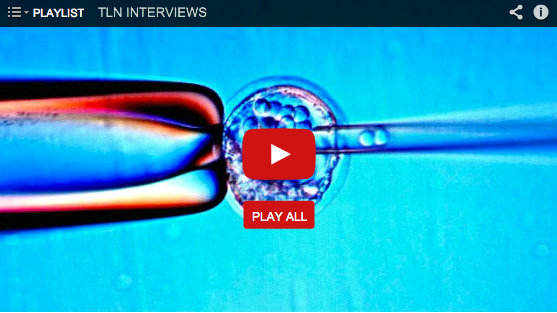Dr. Ananya Mandal, MD
A team of researchers has created beating heart cells in the lab using skin cells of children with a rare heart defect. The team, led by Ricardo Dolmetsch of Stanford University took skin cells from children with Timothy syndrome, a rare heart condition commonly associated with autism, as well as syndactyly (webbing of fingers and toes).
The process the team underwent included reprogramming the stem cells and then developing them into cardiac cells in order to have a human model to test on, instead of mice models. “Because every cell in our body has the same genetic programming, that means we can take skin cells and reprogram them to generate stem cells, and we can take those cells to make heart cells,” said Dolmetsch.
Once the heart cells were developed, the team then used them to test several heart rhythm drugs. Unfortunately, none of the drugs initially tested corrected the heart problems associated with Timothy syndrome. However, further research and testing resulted in the discovery of the success of a cancer compound roscovitine, which is now in phase 2 clinical trials. Dolmetsch added that “The potential is really large”, Stanford has applied for patents on this technology and several drug companies have expressed interest in this research.

